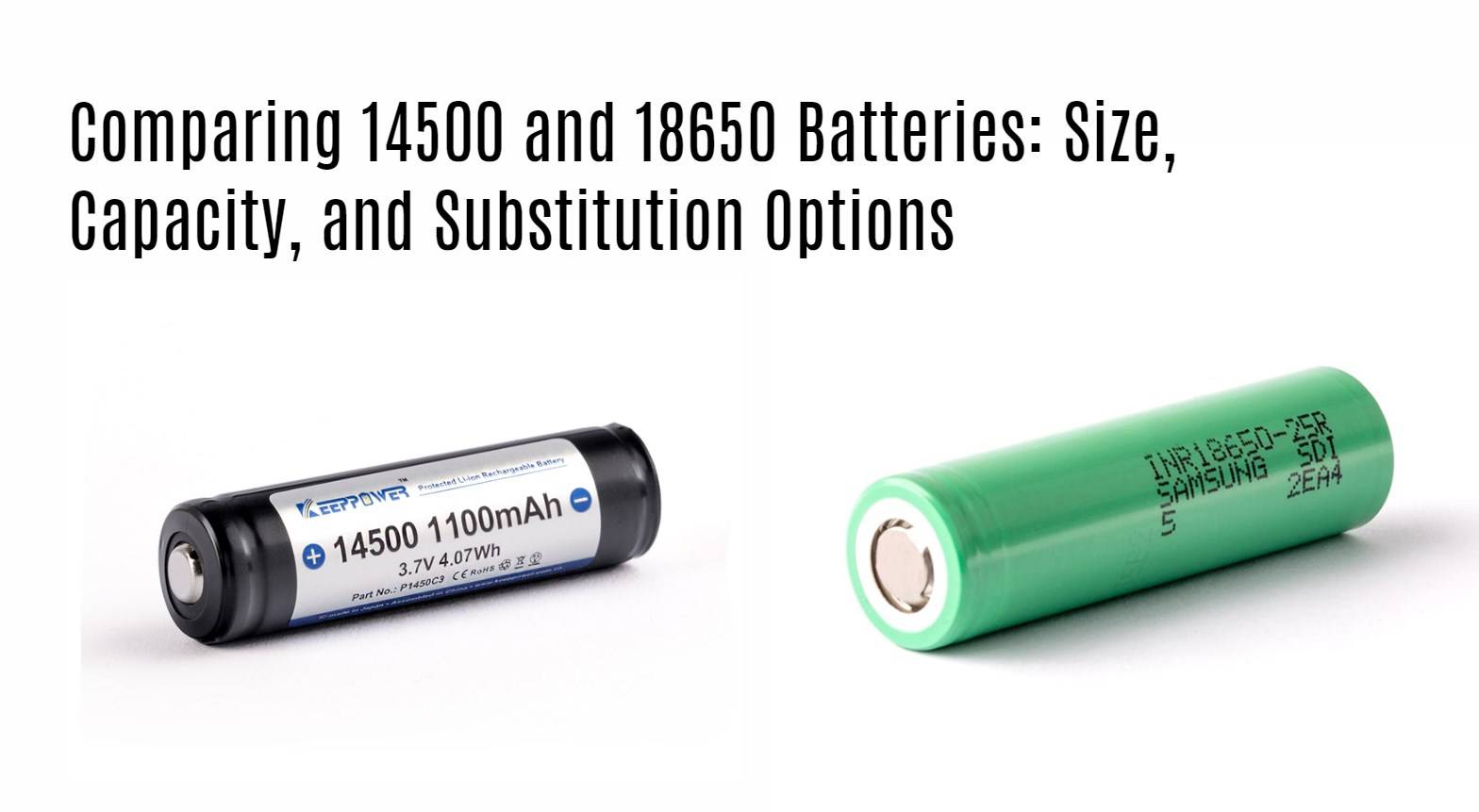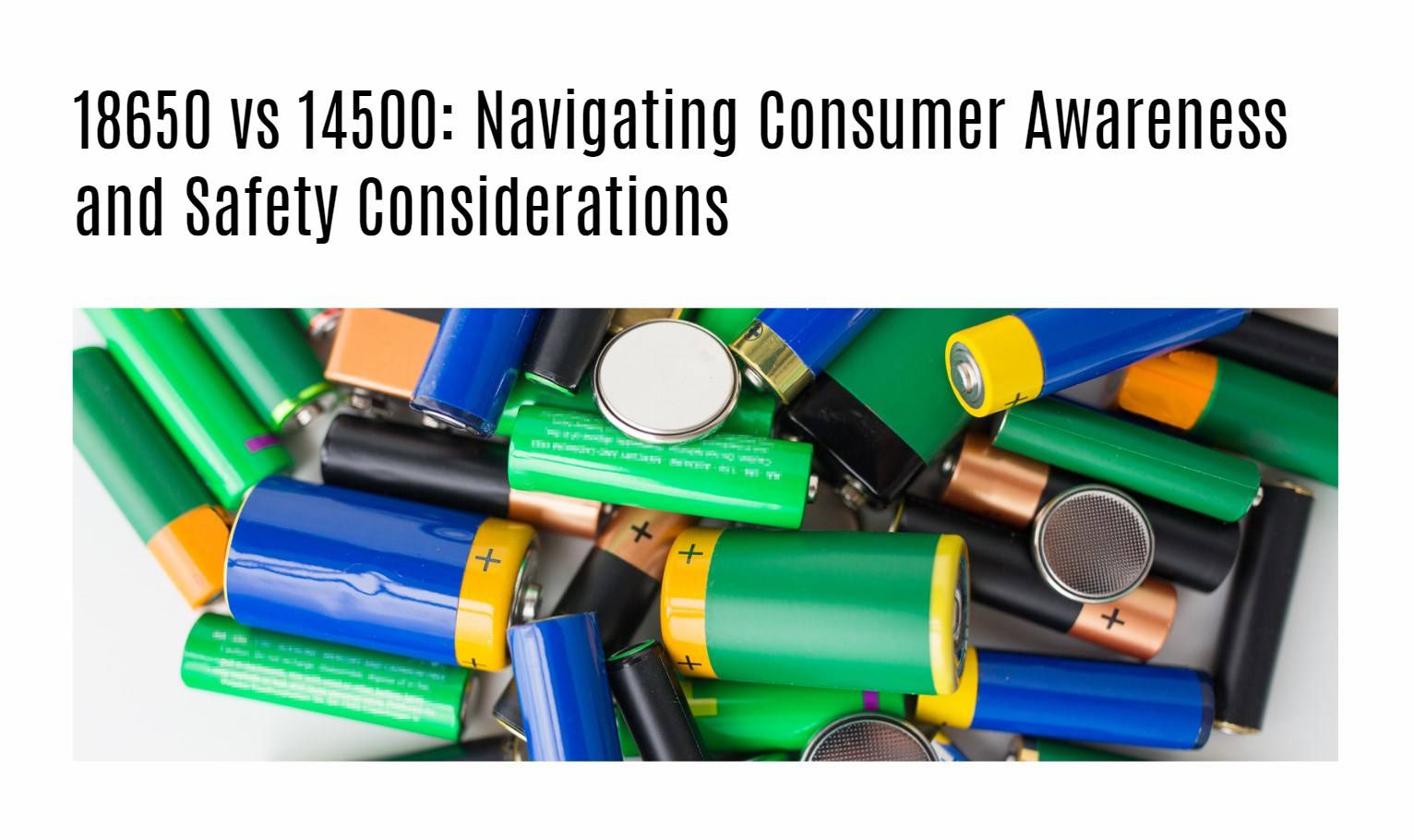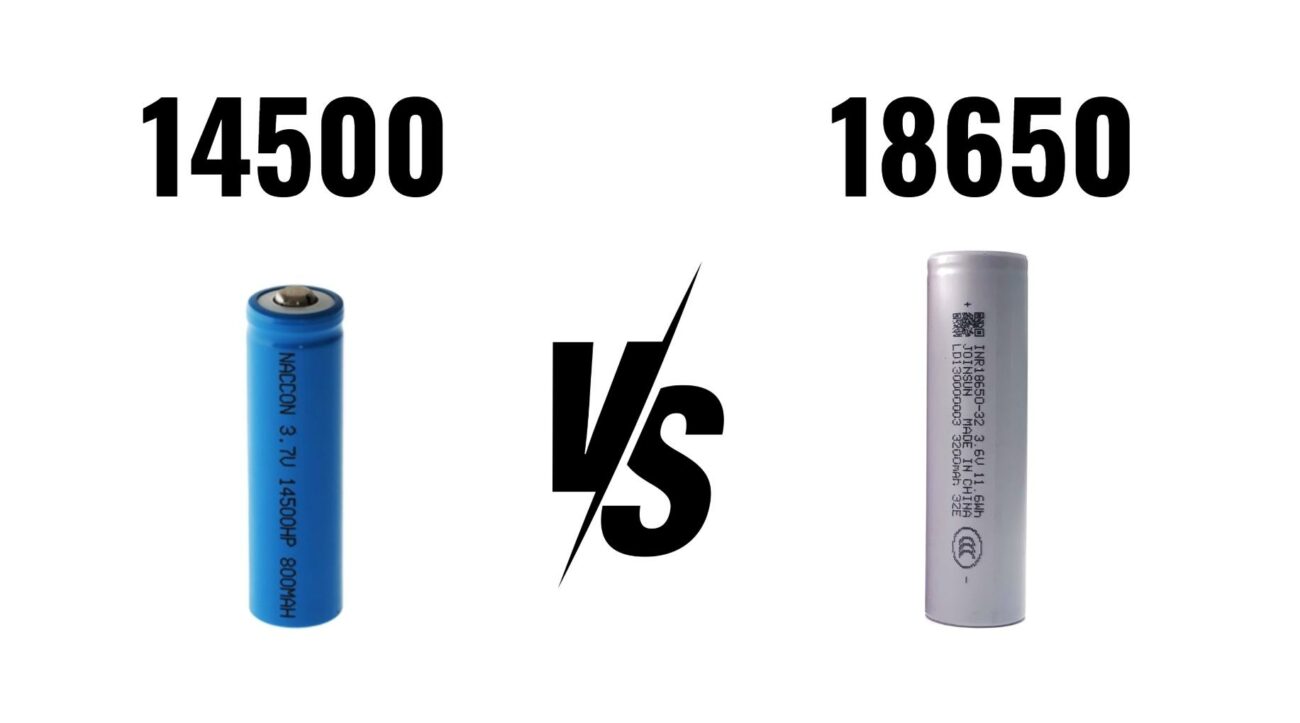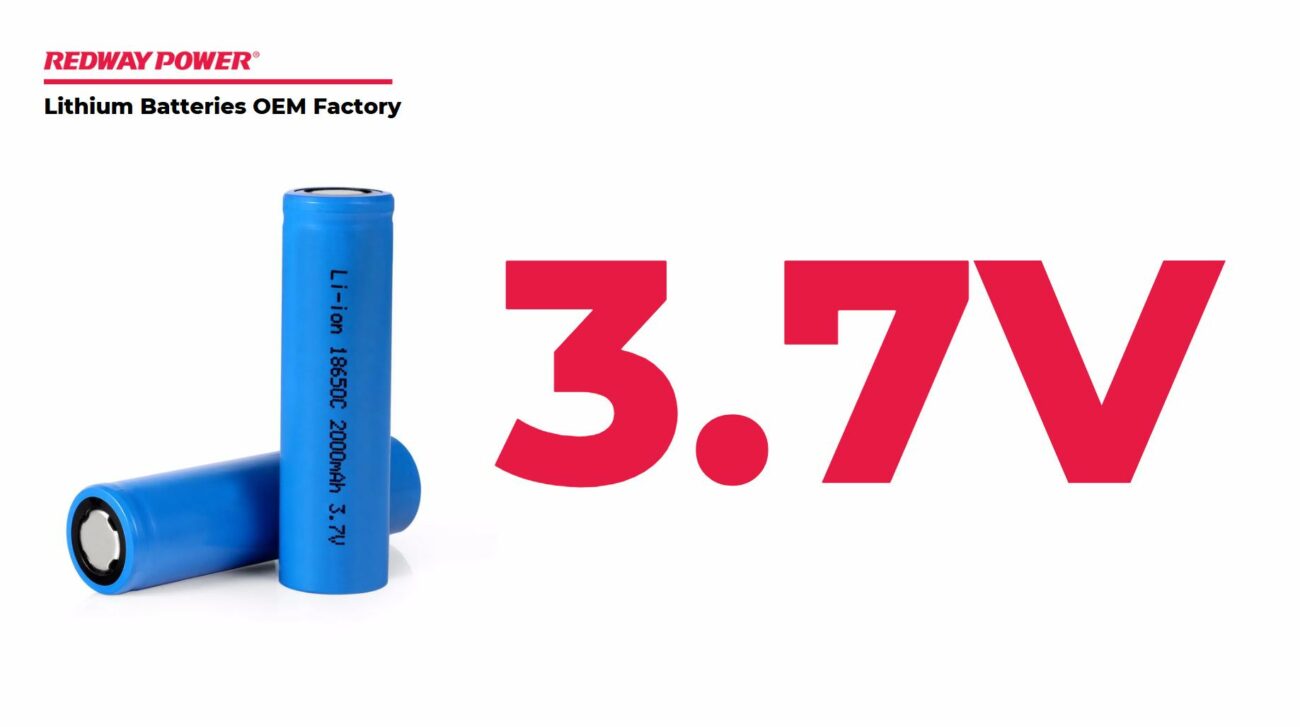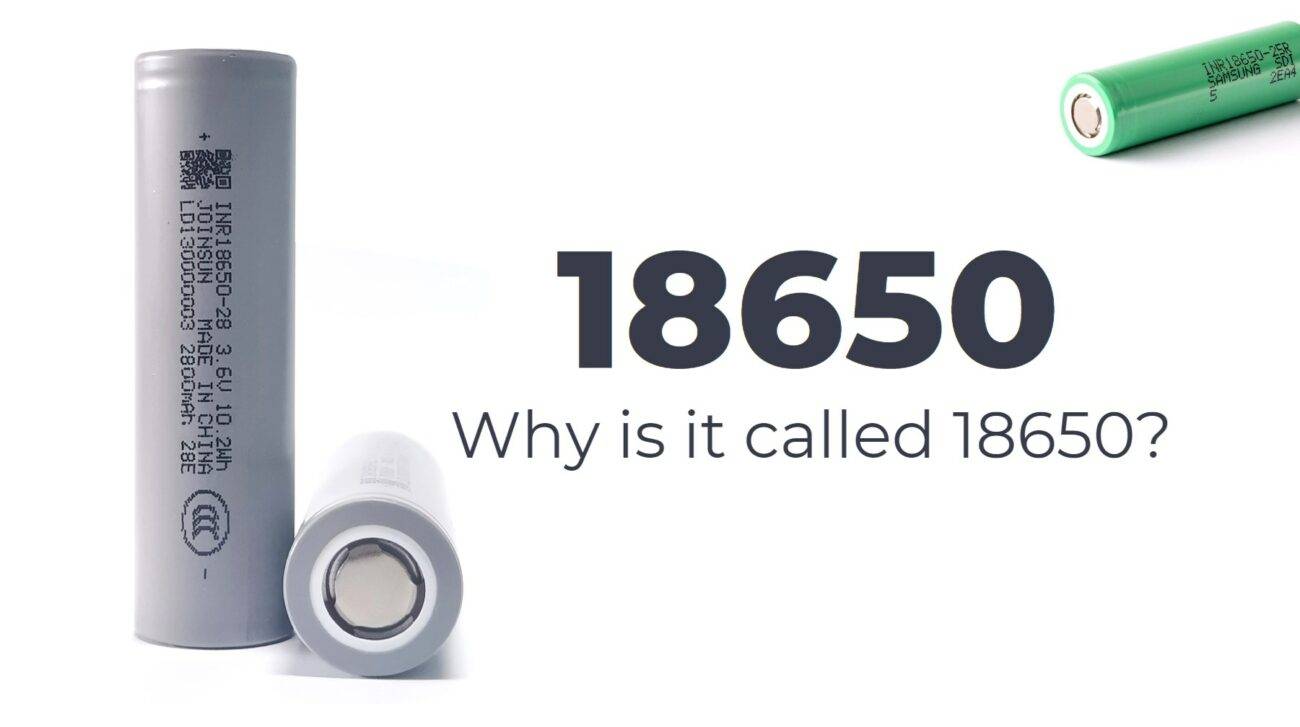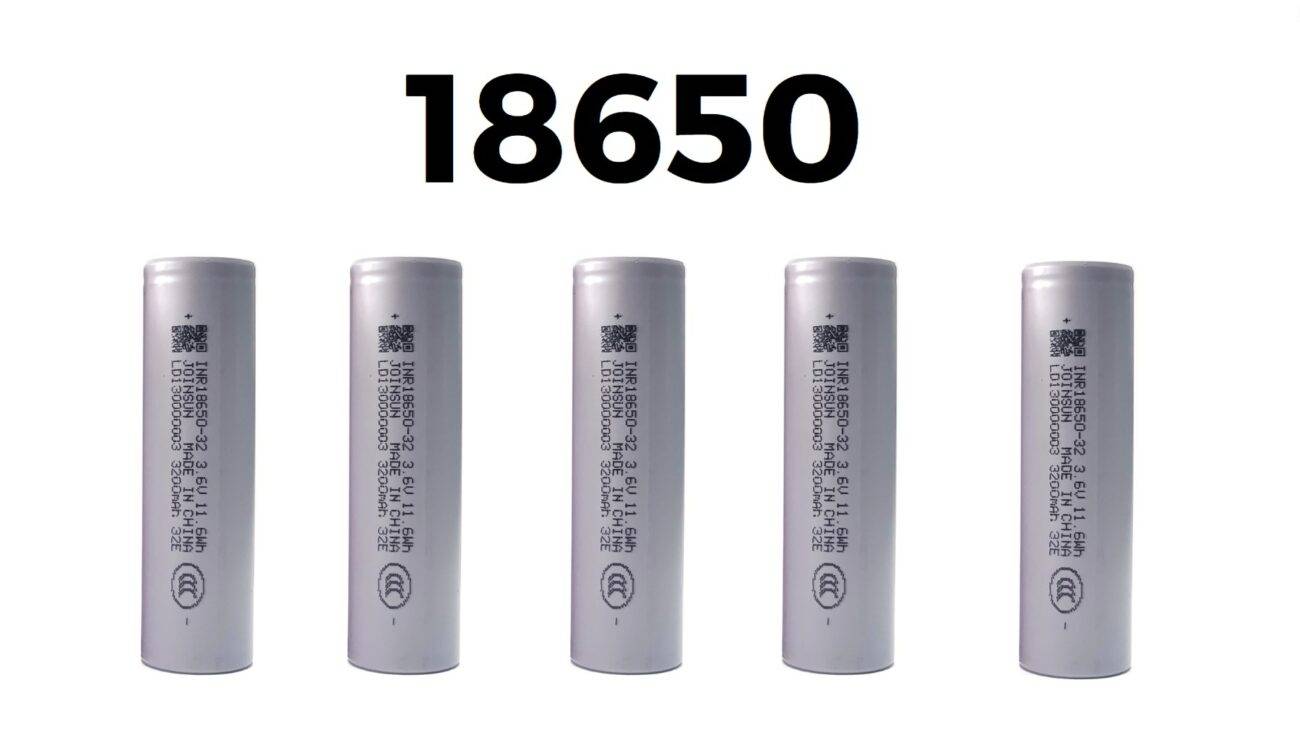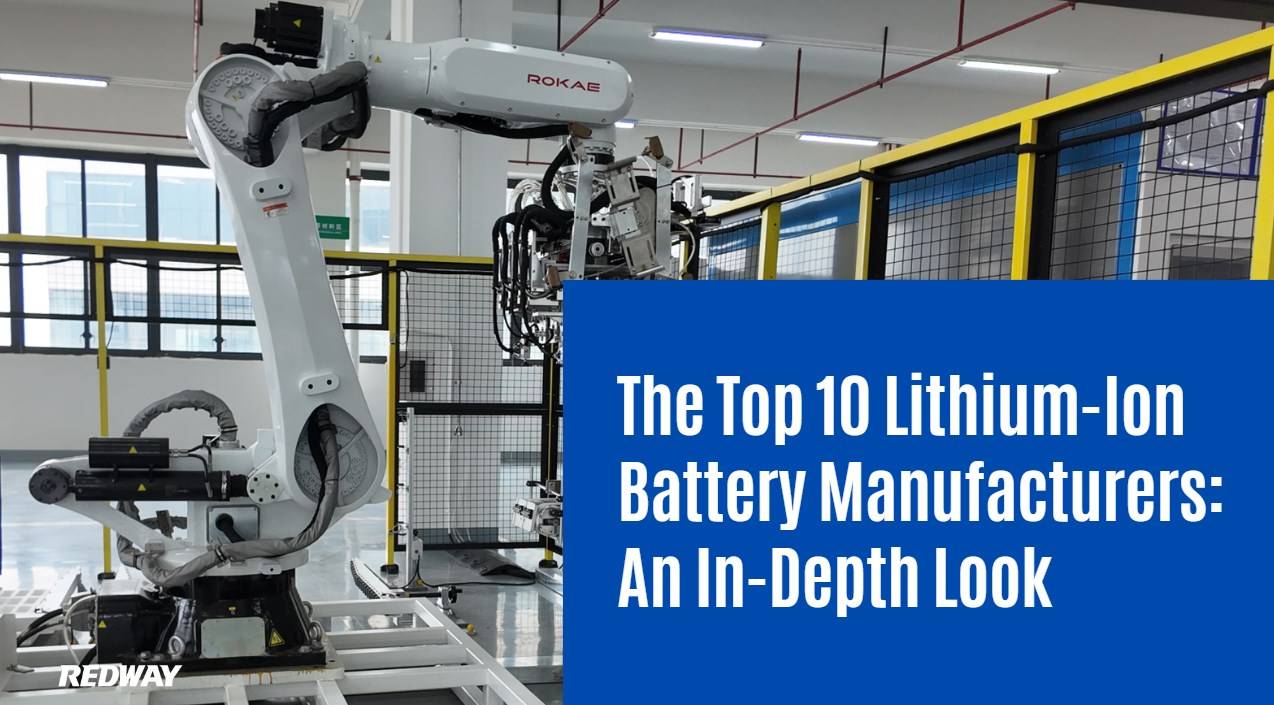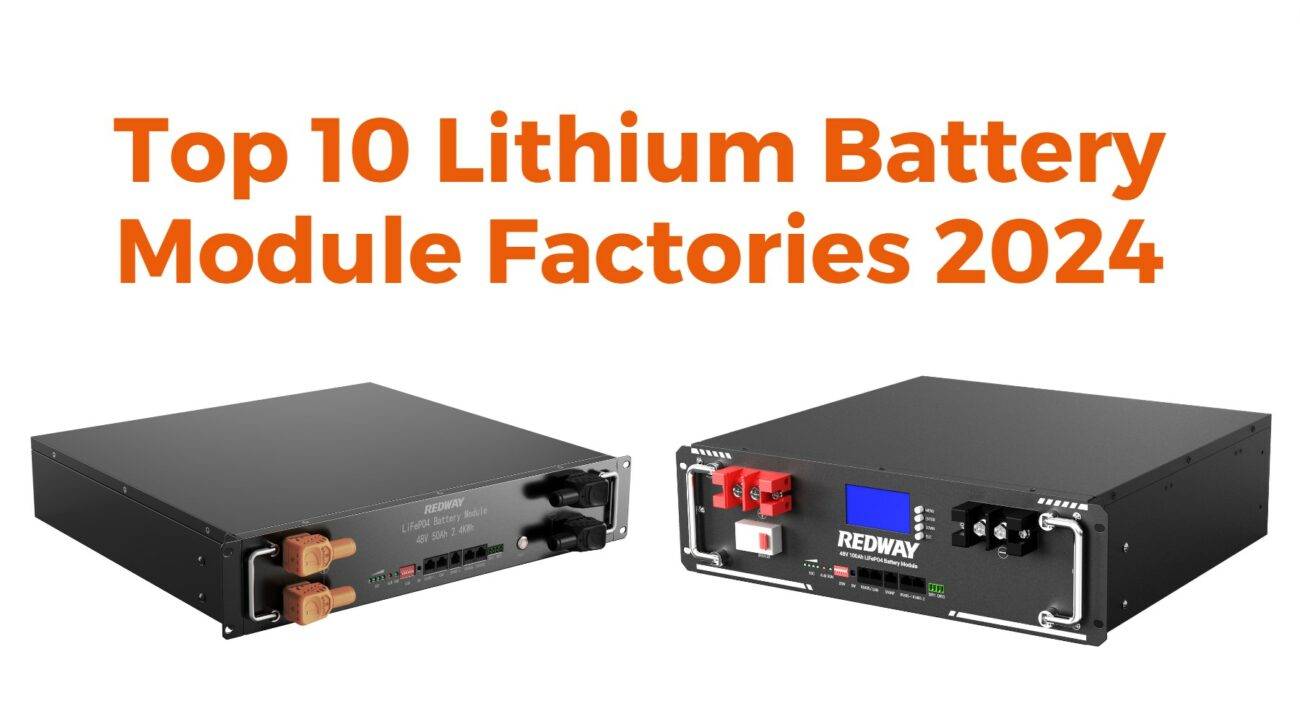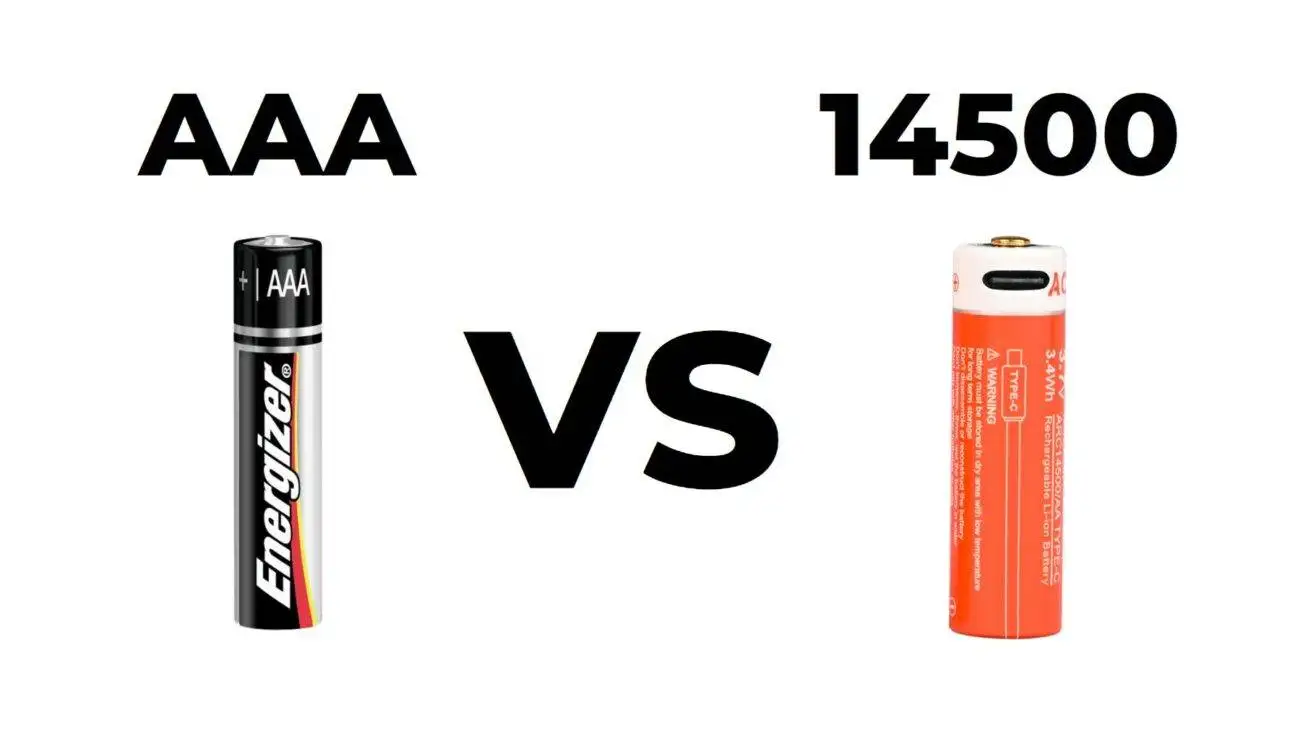Understanding Battery Size
14500 Battery:
The 14500 lithium-ion battery, with dimensions mirroring a standard AA battery (14mm wide and 50mm long), packs a voltage punch of 3.6 volts, significantly higher than traditional AAs. Weighing in at 21 grams, its compact size and lightweight nature render it ideal for portable electronic devices, including cordless power tools, e-cigarettes, flashlights, and various consumer electronics.
18650 Battery:
Contrastingly, the 18650 lithium-ion battery boasts larger dimensions, measuring 18mm wide and 65mm long, with a weight of 48 grams. While suitable for similar applications as the 14500, the 18650 battery finds broader utility, extending to laptops, electric vehicles, rechargeable power banks, vacuum cleaners, and even hoverboards. Its larger size enables enhanced energy density, catering to higher power demands across diverse devices.
Evaluating Power Output and Performance
14500 Battery:
Despite its smaller stature, the 14500 battery offers commendable energy density. Its lower discharge rate ensures prolonged power retention during periods of inactivity, culminating in economical and environmentally friendly operation.
18650 Battery:
In contrast, the 18650 battery exhibits superior capacity, enabling it to store more energy and deliver extended battery life. Moreover, the availability of protected and unprotected variants allows for tailored usage based on specific requirements, with protected cells integrating safety circuits to prevent overcharging and mitigate associated risks.
Analyzing Battery Life and Charge Time
Navigating Consumer Awareness and Safety Considerations
Exploring Alternative Solutions and Expert Consultation
Conclusion
In conclusion, the decision between 14500 and 18650 lithium-ion batteries hinges on a nuanced understanding of device requirements, performance expectations, and safety considerations. By meticulously evaluating factors such as battery size, power output, lifespan, and safety features, manufacturers can navigate the complexities of battery selection with confidence and precision.
At Redway Energy, we stand ready to assist you in navigating the intricacies of battery selection and specification, offering bespoke solutions tailored to your unique needs. Contact our dedicated team of experts today to embark on a journey towards optimized performance, reliability, and safety in your electronic devices.
FAQs
Does the 14500 battery have the same size as the 18650 battery?
The 18650 lithium ion batteries are larger than 14500 batteries, in terms of voltage, both are similar with a voltage range of 3.2 to 3.7 volts. The larger 18650 battery has a higher capacity at 3500 mah, while the smaller 14500 battery can be 500-800 mah.
A standard AA battery has the same shape and size as the 14500 lithium cell.
Are AA batteries a good substitute for 14500 batteries?
How does a 14500 battery differ from an AA battery? Not at all. Despite having the same general dimensions, 14500 and AA batteries have distinctly different voltages due to their chemistries. The overall length of 14500 cells may also be slightly increased by built-in PTC or other protection systems.
Can you tell me what size battery is equivalent to 18650?
It would take the equivalent of 2.5 AA batteries attached end to end to get the same voltage as one 18650 (we know, obviously it’s not possible to have half a battery), but you get the idea.
Do I have the option of replacing 18650 with AA batteries?
The 18650 battery cannot be substituted for an AA battery. AA batteries can be difficult to replace due to their differing capacities and nominal voltages, even if you connect them in series.
Can you tell me what the largest capacity 18650 battery is?
The Molicel M35A 18650 Battery with its distinctive blue wrap takes home the award for the most powerful battery. A truly impressive 3500mAh – the highest capacity of any 18650 battery – is offered by this model throughout its life cycle.
The battery life of a 14500 battery is how long?
Most, if not all, 14500 batteries are considered rechargeable. Some come with USB built-in charging ports, while others require an additional charger to power up from. This allows them to be charged, discharged, and recharged again and again for continued service. They have an average life cycle count of up to 4,000.
Can you tell me what the maximum capacity of a 14500 battery is?
A maximum of 1115 mAh can be obtained from the battery cells.
Do AAA batteries work as well as 18650 batteries?
Are AA batteries an alternative to 18650 batteries? Due to differences in size, voltage, energy stored, discharge characteristics, and similar factors, AA batteries cannot substitute for 18650 batteries.
Can I use two different brands of batteries?
The chemistry and voltage of batteries vary across brands and types, so we recommend that you do not mix them. It is possible for cells to leak when mixed, as well as for devices to perform suboptimally when mixed.
What is a better battery than 18650?
21700 batteries are larger and newer than 18650 batteries. Their capacity is higher, and they can discharge at higher currents. In addition, 21700 batteries have a longer cycle life. They are more expensive, however, and may not fit in all 18650 devices.


